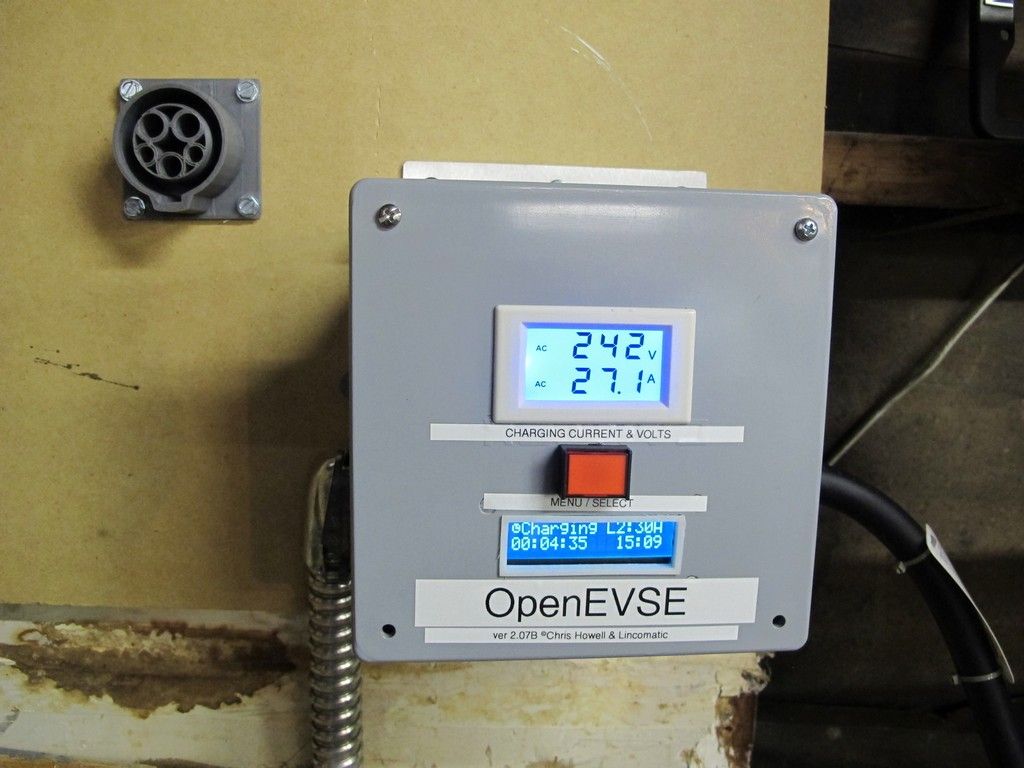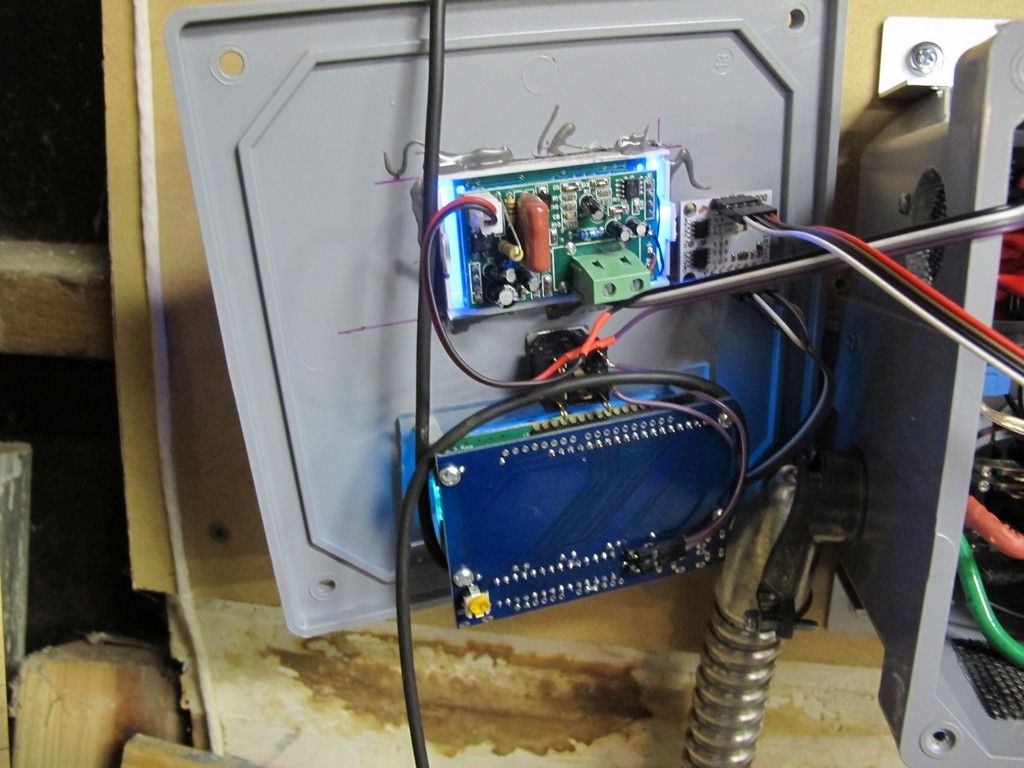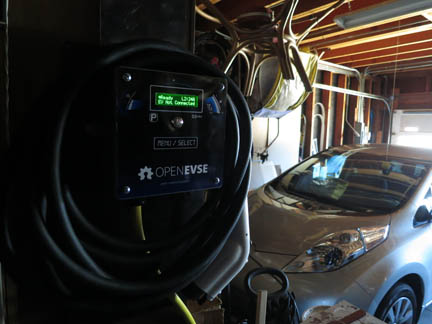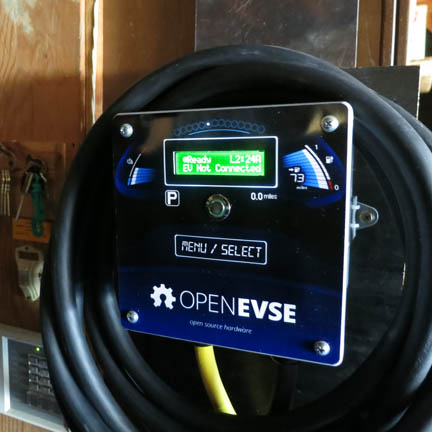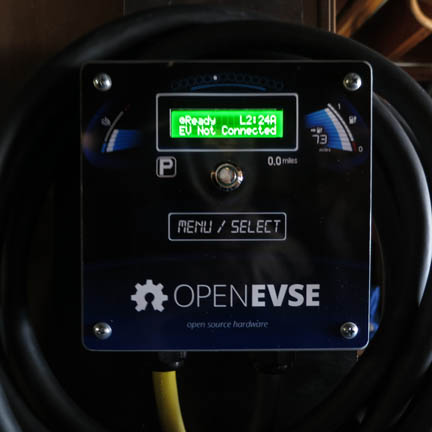It's interesting that FairwoodRed had problems with quick connect terminals at high current. I'm worried about that, too, so I did some research on the current rating of QC terminals (Faston, Quick Connect, etc.)
Most manufacturers don't specify a rating for 6.35mm tab quick connections. Is that good or bad?
Molex does current specify a rating for their 1/4" Avikrimp connector, depending on wire size. With AWG 10, they limit the connector to 24A, and reference UL 310. See http://www.molex.com/pdm_docs/ps/PS-19902-014.pdf" onclick="window.open(this.href);return false;
Another example is the Buss BM6032SQ fuse block that I'm using. It is rated 30A 600V from the screw terminals but only 20A from the QUIK CON. terminals. See http://datasheet.octopart.com/BM6033SQ-Cooper-datasheet-7585294.pdf" onclick="window.open(this.href);return false;
Yet the TE relay that many of us are using is rated at 30A and has QC terminals. And many of us are successfully using that relay with those connections up to 30A. Ratings are supposed to give very long service life with harsh conditions for 99.99% of the devices sold. Perhaps we're getting lucky or perhaps we should expect a few percent failure over time. Electrical failure at high current and high voltage scares me.
Side comment - I don't trust my crimp connections. I don't have a fancy crimp tool, and cheap crimp tools are not consistent, so I do my best at crimping with my cheap tool, then carefully over-solder them, just for an extra level of security. A good crimp is probably better than a soldered connection because it can handle flex better, but a poor crimp is clearly worse. And if there is no flex required, I think that a soldered crimp should be fine.
I'm very tempted to also solder my QC connectors to the tabs once the unit has been running well for a few months, just as an added degree of safety. If I need to do maintenance, it will be harder, but not impossible. And the individual parts are cheap, especially compared to J1772A connectors and cables, so I can afford to replace a relay or fuse block if necessary.
What do others think? Am I being paranoid? Is there something that I'm missing? Do you have a good reason to trust these connectors at 30A?
By the way, many, many thanks to Chris and everyone else who contributed to the OpenEVSE. Mine worked correctly first time. It's a great design, with the right balance of safety and capability, and so much flexibility. Thank you!!!!
Bob





